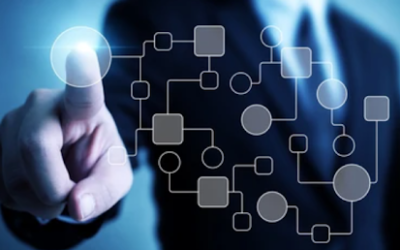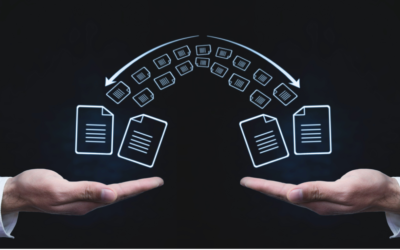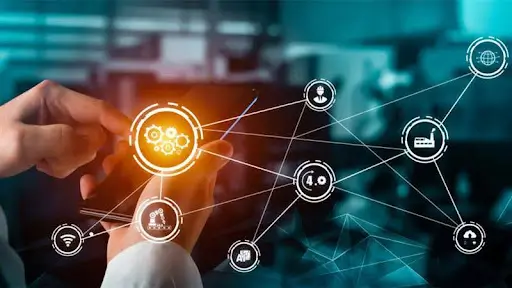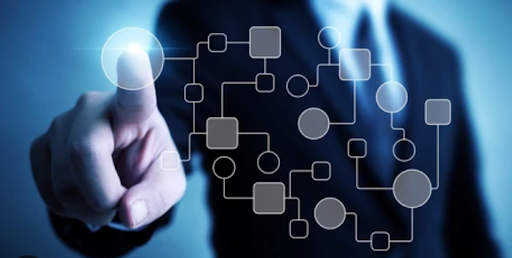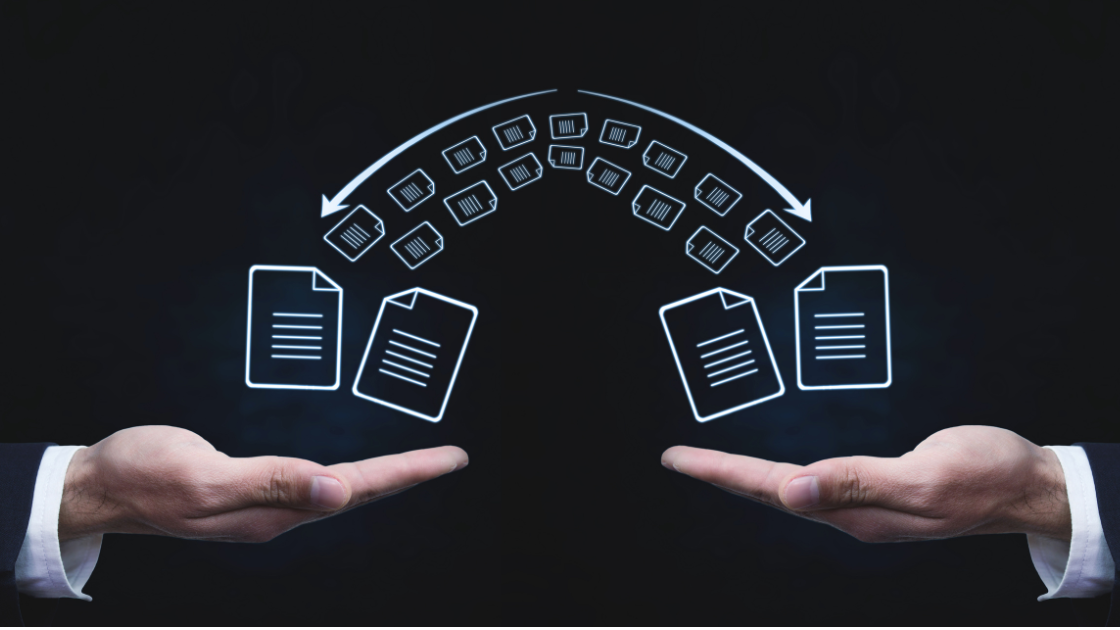As the demand for digital transformation rapidly increases, the need for changes throughout every aspect of enterprise IT systems becomes more pressing. Electronic Data Interchange (EDI) systems are no exception to this trend. The requirements for EDI platforms and solutions have changed dramatically over the last decade or so. This is mainly due to new technical innovations and the need for modern-day enterprise systems to meet current market demands.
Evolution of EDI systems
Electronic Data Interchange systems originated back in the 1960s. At the time they were a way for businesses to send information and data to each other electronically. By moving towards electronic communications, businesses back then sought to move away from what they were already considering outdated paper-based document exchanges.
Then, to be considered effective all an EDI required was to be compliant with a series of document and messaging standards. Now, of course, we look at the role of EDI systems differently.
Today, we need our EDI platforms to do much more than simply move data in and out of an ERP system. EDI’s today need to integrate deeply into an organization’s entire IT ecosystem. We expect our information to move automatically and in real-time, using a variety of software tools and layers to do so.
Today EDI is still critical for most businesses. According to Gartner [1], over 200,000 organizations worldwide used EDI applications in 2020. Another study [2] found that between 59 and 85% of companies in the supply chain industry rely on EDI technology.
This means that thousands of organizations across the globe today need to modernize their EDI systems. Moreover, they need to do it quickly. This is because EDI is all about organizations exchanging information. Falling behind can lead to serious errors and inefficiencies in a business’s operations.
How can EDI systems be modernized?
Modernizing an EDI can be a huge headache for an organization. This is especially true when you consider EDIs have to be carefully integrated and thoroughly tested to avoid interrupting or delaying the flow of data. That said, it doesn’t have to be difficult or problematic.
With the right tools and approach, organizations can modernize EDI systems. They can introduce a new generation of interconnected sales and customer service solutions. More importantly, they can do it quickly, with limited developer resources and equally limited budgets.
Today we would like to showcase one specific modernization and digital transformation project at the Museum of Modern Art (MoMA) in New York. MoMA managed to select the right tools and use them successfully.
What tools to use for EDI modernization?
All of the tools MoMA used are part of LANSA’s low-code development platform. The LANSA platform simplifies the development of business applications, modernizes enterprise IT systems, and streamlines digital transformations.
Visual LANSA
Visual LANSA is a low-code, rapid application development platform. It is ideal for building enterprise-grade mobile, web, and desktop apps. It is also key to the successful delivery of EDI modernization projects. Visual LANSA lets organizations of all sizes use their existing resources to build and integrate new apps with their IT systems.
With LANSA’s high-level language, developers use the same skills to write client-side code, server-side code, and everything in between. LANSA saves organizations money. They don’t have to hire costly specialized developers to modernize or create new apps. Moreover, using Visual LANSA, even developers with limited skills and experience can create apps without getting bogged down by technical concerns.

LANSA Integrator
LANSA Integrator simplifies the data exchange and file and document transfers data between applications and even from one business to another. It is a critical tool for smooth and predictable EDI modernization initiatives.
Integrator provides services for data transformation, communications, email, messaging, and web services. These services are also complemented by interface tools and utilities. Overall, Integrator simplifies integration design by providing the tools organizations need to receive, extract, transform and send data. Developers only need to define the data, the transformation rules, and choose a data transport. Integrator takes care of the detailed work and makes sure your data reaches its destination in the right format.
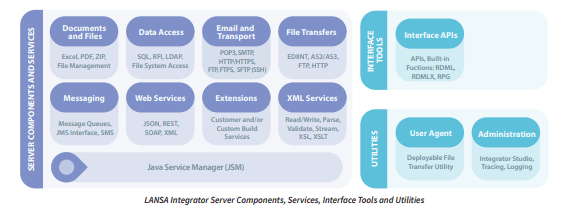
Integrator supports multiple data formats. These include XML, EDI, text, video, SMS, email, Microsoft Excel workbooks, PDF files, and relational databases. Developers can use its services to transform data from one format to another. They can also take advantage of multiple data transport methods like HTTP, FTP, SFTP, web services, and message queue software. Any application can call Integrator’s services using simple APIs.
LANSA Composer
LANSA Composer is a code-free data transformation and business process integration tool. It is an invaluable component of any EDI modernization project. Composer provides organizations with a simple and cost-effective way to get transactions in and out of their business systems with less human effort.
Composer’s powerful process orchestration capabilities allow businesses to define processing sequences visually. It combines activities and data transformation maps with processing directives. You can easily define a complete multi-step business process. After that, you can manage and execute it execute as a single processing unit of work, all without programming.
Composer also gives your developers a variety of administrative and operations control features. These include a browser-based management console for monitoring performance, throughput, and processing sequences. History and event logs provide operational insight for administrators. Finally, the Document Manager monitors inbound and outbound transaction documents.
How New York’s Museum of Modern Art used LANSA to modernize EDI solutions
The Museum of Modern Art in New York is an excellent example of an organization that developed and implemented several key business processes-focused solutions with LANSA tools.
Initially, MoMA used LANSA to create an integrated Windows and web-based membership management system. It also created a new point of sales system and automated the verification of entrance tickets.
Due to the success of their efforts, they turned to LANSA again, this time to develop a new business application within a short time frame. LANSA tools allowed them to quickly develop the new app in-house and easily integrate it with their existing internal IT systems.
MoMA’s management selected LANSA for its low-code approach and proven tools. They understood that LANSA could simplify the modernization of their legacy systems help them build powerful, feature-rich, new applications.
A Proven Modernization Partner
MoMA is one of the thousands of organizations that rely on IBM i systems to power their business processes. They chose LANSA to convert legacy RPG code into modern programming languages. They knew that with LANSA, their RPG developers could work on new apps without learning new skills. It was a factor critical to them choosing the low-code platform.
“LANSA’s strategy made sense to me,” said Steve Peltzman, the MoMA CIO responsible for selecting the tool to power this organization’s modernization projects. “The LANSA demonstration very convincingly showed how productive it is to develop and maintain programs. With our old RPG line-by-line coding, it was very difficult to understand code that was created by somebody else. The way LANSA-built programs are assembled and business rules are kept in a central repository makes it much easier.”
“I also like the idea of developing at a high enough level that the tool would generate the Java, C or other code underneath it. I don’t want to bet on which way technology will be going and LANSA’s track record of moving existing business logic to newer technology environments is reassuring,” Peltzman said.
Read the full version of MoMA’s business case study to learn in more detail about the modernization challenges they faced, why they ended up selecting the LANSA platform, and how they used Integrator, Composer, and other LANSA solutions to design and implement several highly successful digital transformation projects.
Ready to kick-start modernization of your EDI system?
Not keeping your EDI system up-to-date with modern-day business document and data messaging standards can be a serious error. It can lead to negative business outcomes, inefficient processes, as well as low customer satisfaction.
LANSA is a solution that lets organizations implement EDI modernization quickly, with limited developer resources and a small budget.
Ready to get started with a digital transformation journey of your own? Then contact us to find out more about how we can help.
[1] https://www.gartner.com/en/documents/307209/electronic-data-interchange-edi-an-overview
[2] https://www.selecthub.com/electronic-data-interchange/edi-software-trends/



